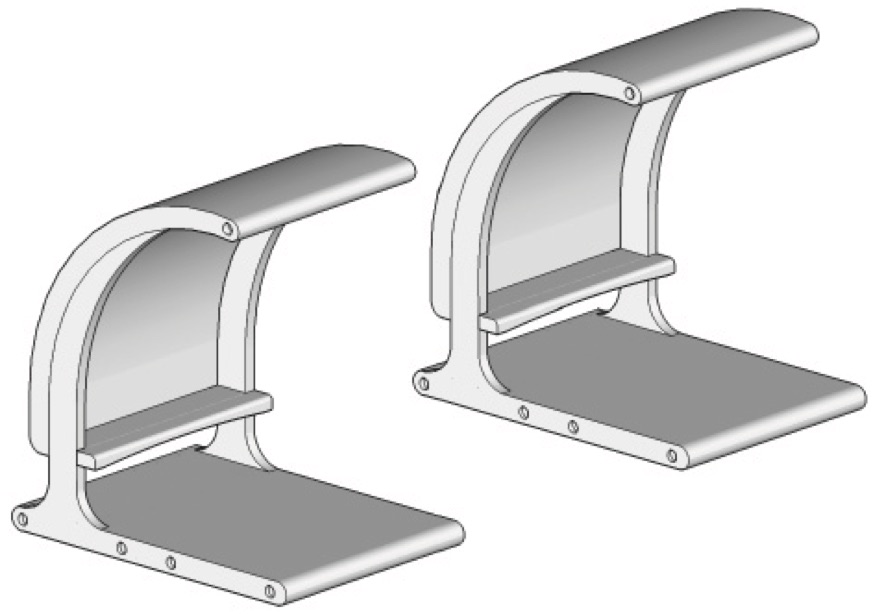Which mechanical property describes an object that is under load and follows Hooke's Law?
- Ductility
- Elasticity
- Malleability
- Plasticity
Aussie Maths & Science Teachers: Save your time with SmarterEd
Which mechanical property describes an object that is under load and follows Hooke's Law?
\( B \)
\(\Rightarrow B \)
The steel used in the chassis members was tested.
The load–extension graph represents the data collected during the testing of a specimen of the steel.
Before testing, the specimen was 1020 mm long with a cross-sectional area of 100 mm².
--- 8 WORK AREA LINES (style=lined) ---
--- 4 WORK AREA LINES (style=lined) ---
i. Young’s modulus
`F = 20 xx 10^3\ text{N}, l = 1020\ text{mm}, e = 1\ text{mm}, text{A} = 100\ text{mm}^2`
| `E` | `=(Fl)/(eA)` | |
| `=(20 xx 10^3 xx1020)/(1 xx 100)` | ||
| `=204 xx 10^3` | ||
| `=204\ text{GPa}` |
ii.
i. Young’s modulus
`F = 20 xx 10^3\ text{N}, l = 1020\ text{mm}, e = 1\ text{mm}, text{A} = 100\ text{mm}^2`
| `E` | `=(Fl)/(eA)` | |
| `=(20 xx 10^3 xx1020)/(1 xx 100)` | ||
| `=204 xx 10^3` | ||
| `=204\ text{GPa}` |
ii. Elastic deformation is produced by the 20 kN load.
The reinforced concrete modules shown are designed for public seating. A typical use would be as a bus shelter.

A 12 mm diameter steel reinforcing bar was used in this seating module. During a proof test, a load of 26 kN extended a 0.9 m length of this reinforcing bar by 1 mm.
Calculate the value of Young's Modulus (E) for this bar. (3 marks)
--- 6 WORK AREA LINES (style=lined) ---
`206.9\ text{GPa}`
`sigma=F/A=(26\ 000)/(pixx6^2)229.9\ text{MPa}`
`epsilon=e/L=1/900=1.1111 xx 10^-3`
| `E` | `=sigma/epsilon` | |
| `=229.9/(1.1111 xx 10^-3)\ text{MPa}` | ||
| `=206.9 xx 10^3\ text{MPa}` | ||
| `=206.9\ text{GPa}` |